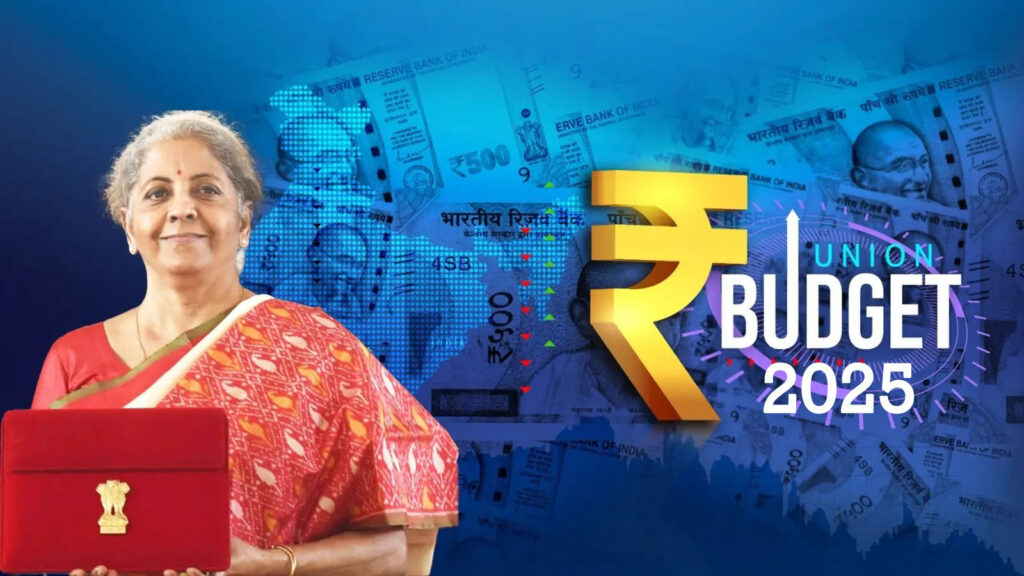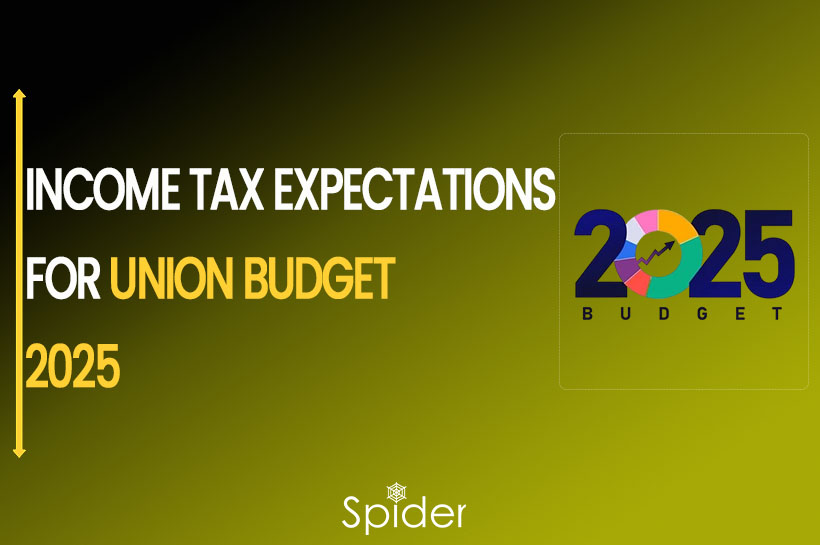Experts expect income tax, GST, and infrastructure reforms in Budget 2025 to boost the economy and consumer confidence.
Industry experts are eagerly anticipating a range of measures from Finance Minister Nirmala Sitharaman. Expectations span across various sectors, including tech, healthcare, insurance, and finance, as well as for ordinary taxpayers. Key areas of focus include income tax reforms, GST simplification, infrastructure funding, and regulatory changes, aimed at addressing economic challenges and boosting consumer confidence.
The first phase of the Parliament’s Budget session is set to run from January 31 to February 13, 2025, while the second phase will begin on March 10 and end on April 4, 2025.

Nirmala Sitharaman’s 8th Budget Speech
In her eighth Budget address, Nirmala Sitharaman is expected to announce key measures aimed at revitalizing the economy, improving the job market, and enhancing consumer confidence. These announcements could include income tax relief, GST reforms, and policies tailored to specific industries.
This will be Sitharaman’s second full Budget in Modi’s third term, and her eighth overall in Parliament. She has presented six annual and two interim budgets during the NDA government’s time in power.
Traditionally, the finance minister delivers the Budget speech at 11 am on February 1, 2025, although the Finance Ministry has not yet officially confirmed the date. Additionally, the BSE and NSE will remain open on February 1, 2025, despite it being a Saturday, due to the Union Budget 2025-26.
Will there be changes to income tax slabs in Budget 2025-26?
CA Anand Bathiya, President of the Bombay Chartered Accountants’ Society (BCAS), believes salaried and middle-income earners should benefit the most from the budget. He points out that current tax rates are high, and giving these groups more disposable income could lead to more spending, which would help boost the economy.
Bathiya also suggests some tax reforms, such as raising the interest deduction limit for self-occupied properties to Rs 10 lakhs in metro cities and Rs 5 lakhs in non-metro cities. He recommends changing Section 54 to avoid double taxation on residential properties worth over Rs 10 crores and increasing the exemption limit under Section 54EC for certain bond investments from Rs 50 lakhs to Rs 2 crores to keep up with inflation.
What’s in store for cryptocurrencies and VDAs in Budget 2025-26?
The crypto community’s expectations are similar to the last two years. Since July 1, 2022, a 1% tax has been deducted at source (TDS) on all crypto transactions. While the reason for this is clear, the 1% TDS has caused problems. Although traders can claim the TDS as credit or get a refund, it ties up a lot of their working capital for a year. Lowering the TDS rate to 0.01% would still serve the purpose without hurting traders.
Will Budget 2025-26 offer saving incentives in the new tax regime?
For the middle class, earning between Rs 5 lakh and Rs 25 lakh, income tax is a significant burden. The old regime exempts individuals earning up to Rs 2.5 lakh from tax, while it taxes others progressively. However, many middle-class taxpayers don’t fully benefit from exemptions like 80C and 80D. The new tax regime, which removes most deductions, further reduces incentives to save, affecting long-term investments and the country’s saving culture.
Will there be changes to income tax slabs in the old and new tax regimes in Budget 2025-26?
Salaried and middle-income earners should benefit most from the budget, as they currently pay high taxes. Giving them more disposable income would lead to more spending, which could help improve the economy.
Some changes that could help include raising the interest deduction limit for self-occupied properties to Rs 10 lakhs in metro cities and Rs 5 lakhs in non-metro cities. The government should update Section 54 to prevent double taxation on properties worth over Rs 10 crores. It should also raise the investment limit under Section 54EC for specific bonds from Rs 50 lakhs to Rs 2 crores to keep up with inflation.
Power of Algorithms in Options Trading, Try Spider Now: Register Now
If you’d like to know how we analyze the market and provide accurate levels every day. then click on the Free Demo button below and change your trading life for good. 5X returns are possible in options trading If you have Spider Software in your trading system.
Disclaimer: The information provided in this Blog is for educational purposes only and should not be construed as financial advice. Trading in the stock market involves a significant level of risk and can result in both profits and losses. Spider Software & Team does not guarantee any specific outcome or profit from the use of the information provided in this Blog. It is the sole responsibility of the viewer to evaluate their own financial situation and to make their own decisions regarding any investments or trading strategies based on their individual financial goals, risk tolerance, and investment objectives. Spider Software & Team shall not be liable for any loss or damage, including without limitation any indirect, special, incidental or consequential loss or damage, arising from or in connection with the use of this blog or any information contained herein. ![]()





